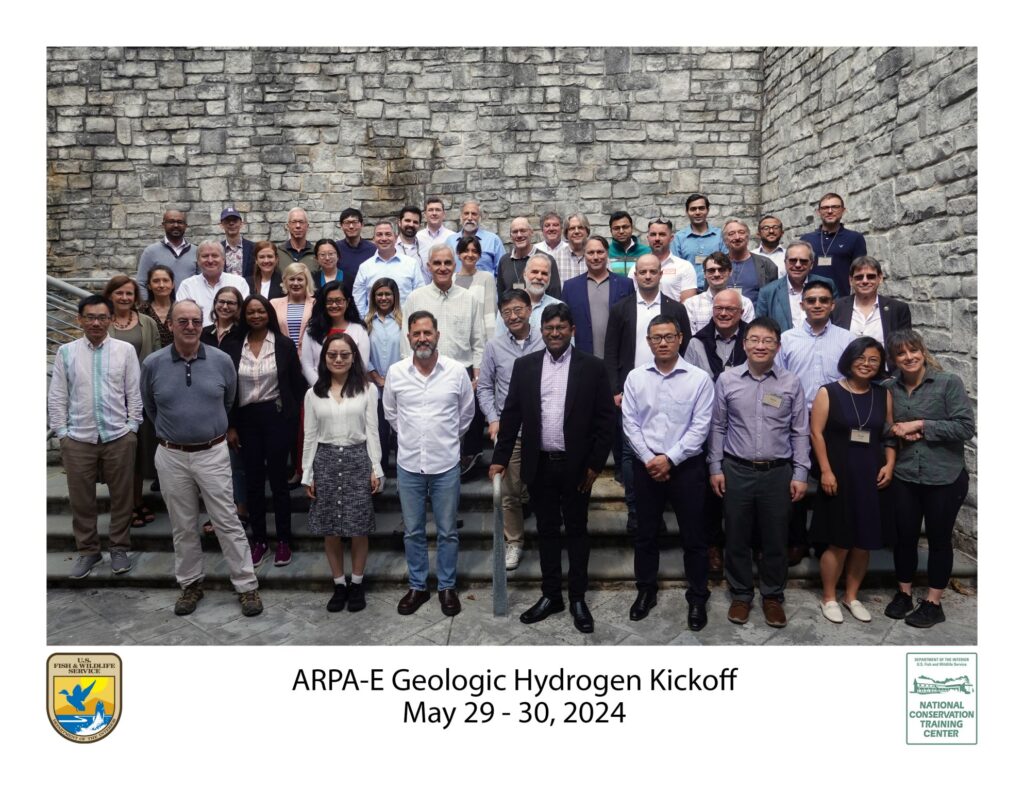LH2G’s Blog
A French team selected as part of $1,6m of US federal funding to explore the hydrogen stimulation from rocks





Selected for a grant of the US Department of Energy (DOE), Lavoisier H2 Geoconsult (LH2G) and University Claude Bernard Lyon (UCBL) join forces together a French team of researchers with more than 6 years’ lab experience in hydrogen stimulation with rocks. Texas Tech University (USA) leads the international consortium. Three other partners participate as the mining leader Rio Tinto. This project aims to enhance hydrogen production from iron-rich mafic and ultramafic rocks via chemical, mechanical, and biological processes.
A natural and stimulated hydrogen frontrunner
LH2G already works as a frontrunner in natural hydrogen. The company works on few exploration programs and licenses in France and abroad. As part of its ongoing exploration program, LH2G is looking into technologies for derisking natural hydrogen play. It would like to answer this larger question: Could stimulating carbon-free fuels that are being produced naturally open up new energy solutions?
Natural hydrogen is currently a poorly understood but potentially groundbreaking energy resource. Developing knowledge on the subject for over 6 years, Dr. Eric Gaucher has been working on hydrogen chemical stimulation with Dr. Muriel Andreani, Professor at UCBL, and Dr. Samuel Barbier (UCBL), who was supervised during his thesis by these last two. In 2023, Jean Gaucher (LH2G) reinforces the team as data and project manager.
In this context in June 2023, the U.S. Department of Energy’s (DOE) Advanced Research Projects Agency-Energy (ARPA-E) invited Dr. Eric Gaucher. He presents technology ideas to enhanced natural hydrogen production and build a new energy industry. Following the meeting in Washington, ARPA-E announced the launch of a grant program with two Exploratory Topics to develop natural hydrogen technologies.
In 2024, ARPA-E has committed more than $20 million to 16 exploratory projects looking at technology ways to produce hydrogen as an energy source. LH2G consortium was one of 16 Teams Selected by DOE’s ARPA-E. What ARPA-E needed was partners. With geologic hydrogen largely unexplored as a field, ARPA-E started looking for translatable skills.
“LH2G One of 16 Teams Selected by DOE’s Advanced Research Projects Agency-Energy”
Texas Tech University (USA) lead the consortium with international partners from France (LH2G and UCBL), USA (Lawrence Berkeley National Laboratory and National Renewable Energy Laboratory) and Canada (Rio Tinto). This project aims to stimulate hydrogen production from iron-rich mafic and ultramafic rocks via chemical, mechanical, and biological processes.
ARPA-E is leading first-of-its-kind funding in the world. This is an effort to evaluate ways to stimulate hydrogen production (enhance or increase the natural rates) from geologic resources. Clean hydrogen, including naturally occurring subsurface hydrogen, can sustainably reduce harmful emissions from some of the most energy-intensive sectors of the economy first and foremost the mining industry. Other parts of the economy may also be affected such as chemical and industrial processes and heavy-duty transportation.
Our project will produce valuable scientific research to develop stimulation technologies and opportunities around this resource. Our joint French team (UCBL and LH2G) contributes to this project with its expertise in geochemical experimentation and numerical modeling.
For LH2G, this project establishes a new recognition of its expertise and his high level of research in natural hydrogen field. Dr. Gaucher was present to the first project meeting at the National Conservation Training Center near Washington (photo).
Learn more about LH2G natural hydrogen research.
